January 20, 2023
The 1M Formula
6,331 units of the 1M Coupe were released worldwide during its one year production run in 2011. Just 220 were exported to Canada, 740 to the US, and 450 right hand drives went to the UK. The release of the 1M signalled the end of the heyday of naturally aspirated engines in BMW’s Motorsport division.
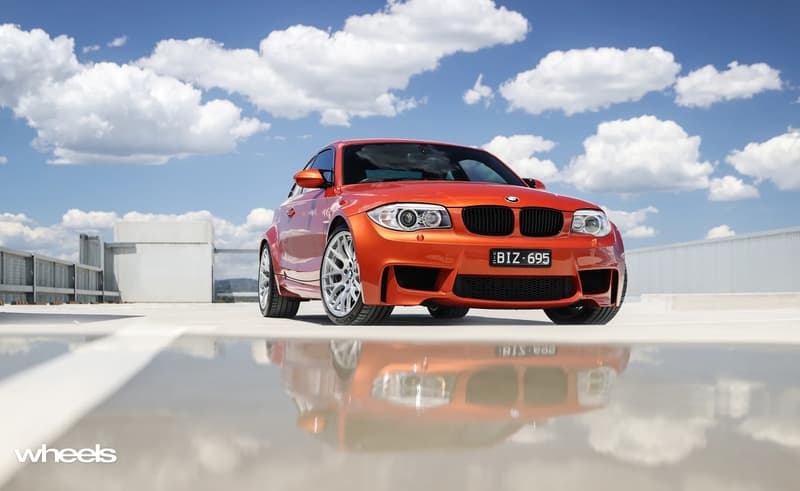
1M in Valencia Orange, Photo Source: WhichCar.com
Prior to this, the 1998 M coupe, the 2000 Z8, and the 2000 E46 M3 made up BMW’s 21st century soul. These three were the last of a pure-bred line of cars that breathed naturally, and although they all used electronic throttle control, the steering attached the driver to the road without much “assistance” to get in the way. These cars are known for an instant throttle response, with some of the best driving dynamics ever presented.
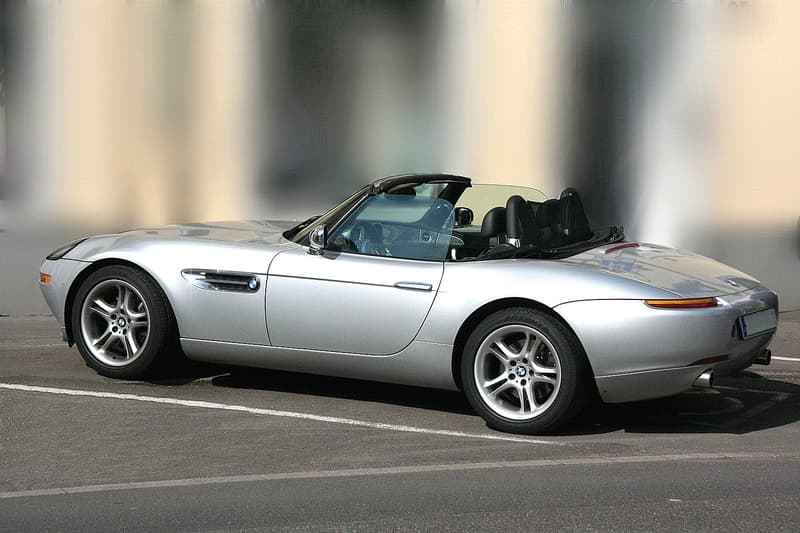
2009 BMW Z8, Photo Source: Lothar Spurzem
Then the 1M arrives. A car to bridge the gap between the old naturally aspirated world, and the new multi-turbo 300hp-or-go-home world. The 1M was not a mass market car. It was a car created to bring the enthusiast market into the new world. They were given a car that had the feeling of the old world - relatively lightweight, direct steering, and a 6-speed analog feel - yet BMW was able to sneak in a couple turbo chargers without much fuss. Now the market was primed for the next instalments of insane power that would necessitate additional tradeoffs to come in extra weight, driving assistants, and fewer 6-speeds.
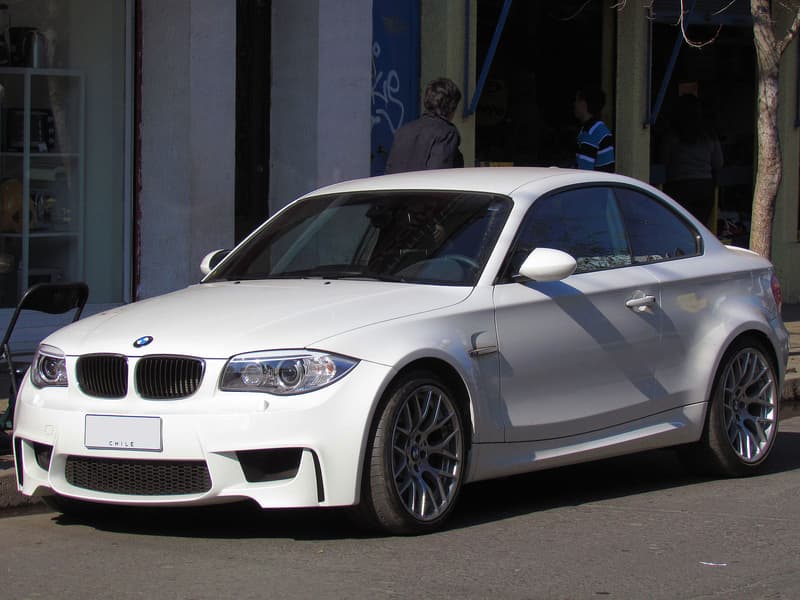
Euro Spec BMW 1M in Alpine White, Photo Source - Order_242
Described lovingly in the car community as a “parts bin special,” and “perfect boy racer,” the 1M has appreciated steadily over time. The affection it brings has only increased over time, with healthy demand keeping resale prices of a good condition example well over original MSRP.
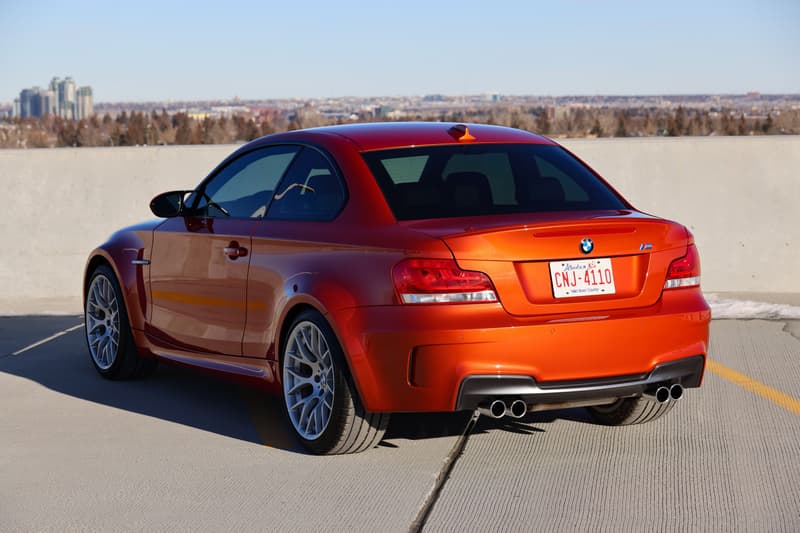
BMW 1M in Valencia Orange, Photo Source - Formula Auctions
To really understand the 1M, you must go back to where it all began for any BMW enthusiast, and that's to the lightweight original E30 M3 from the late 80's. While not quite as light as the 2,755 lb E30 M3, the 1M is a modern day lightweight at just under 3,307 lbs, making it one of BMW's most nimble packages produced since the E46 M3, with nothing like it to come after. It’s a wonder that somehow BMW managed to resurrect the soul of the E30 M3 from 40 years past given the constraints of a modern safety and emissions control era.
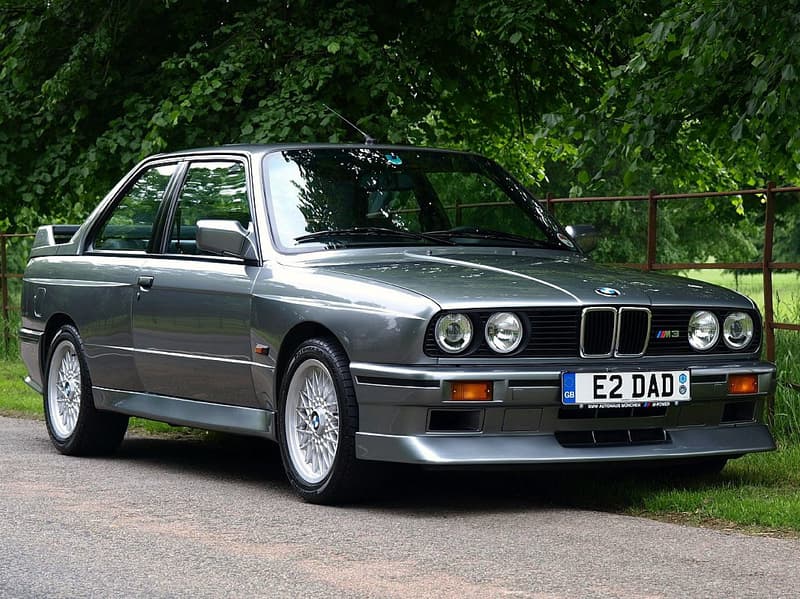
BMW E30 M3, Photo Source - Darren, Wikipedia Creative Commons
In 2008, BMW was of a survival mindset, doing whatever needed to be done in order to weather the global financial crisis. This meant turbochargers, SUVs, and triple turbo diesels would soon become part of the M lineup. However, at first the 1M was rejected by company executives. The 1-series provided a smaller, more affordable car with many of the same components as the 3-series, so with no market gap to be filled, BMW executives were of the opinion that resources shouldn’t go towards any risky passion projects. As time would tell, they were underestimating the Bimmer world’s appetite, as extraordinary demand and high retail sale prices blew them away upon the release of the 1M.
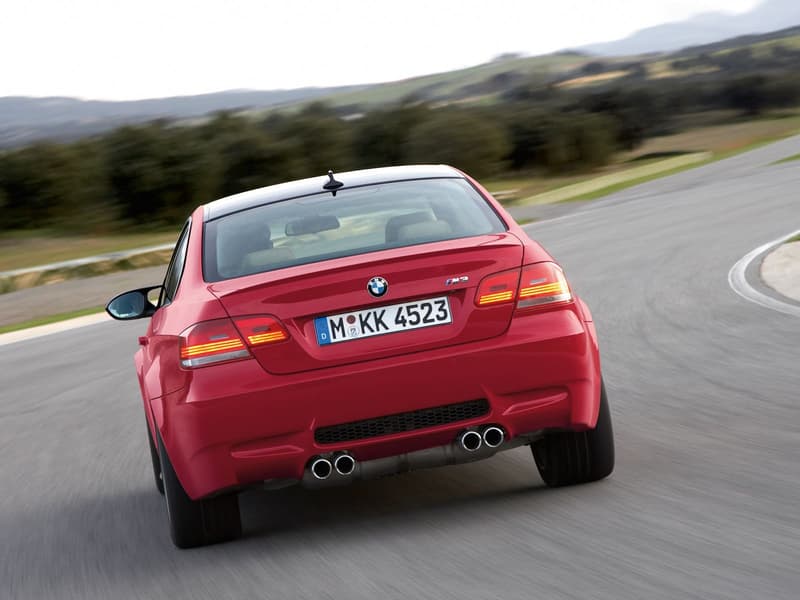
2008 BMW M3 Coupe, Photo Source - Bekir Topuz
The 1M contained one of BMW’s first modern turbocharged engines, setting the stage for the high-powered turbos propelling many of their best performers today. Its development began without board approval or committee consultations, but instead as a skunkworks project by a small number of BMW “M” engineers. The 1M had been proposed, and rejected by the board, but nonetheless the prototype began to take shape in the development team’s off hours while the new boss of the M division Dr. Kay Segler was on vacation. Better to beg for forgiveness than ask for permission, as they say, and once new boss Segler saw the progress that the M engineers had made in his absence, he gave them the nod and negotiated for board approval to continue its development.
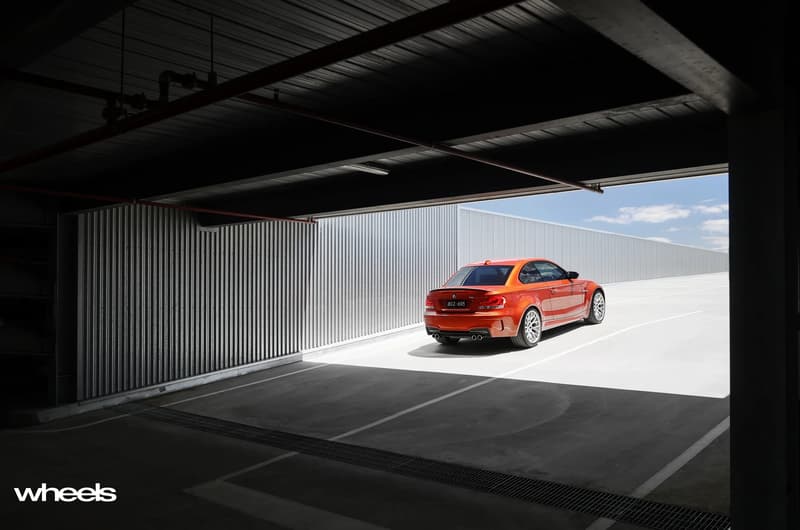
BMW 1M in Valencia Orange, Photo Source - WhichCar.com
The 1M was bequeathed a remapped N54 engine - a 3.0-liter twin turbo inline-6 with an air-to-air intercooler producing 335 horsepower and 332 lb-ft of torque (370 lb-ft in overboost mode). The N54 was an overbuilt engine well received by the tuner market. It is what makes the 1M so special, despite the fact it broke the naturally aspirated mould. It had to be a great engine to bring the 6-speed loving enthusiasts into the new world. It was relatively easy to get the N54 up to 600 hp once the stock cooling deficiencies were solved. The 1M was one of the the last models to use the N54, after being placed in everything from the 135 and 335 to the 740i and even the big X6 crossover.
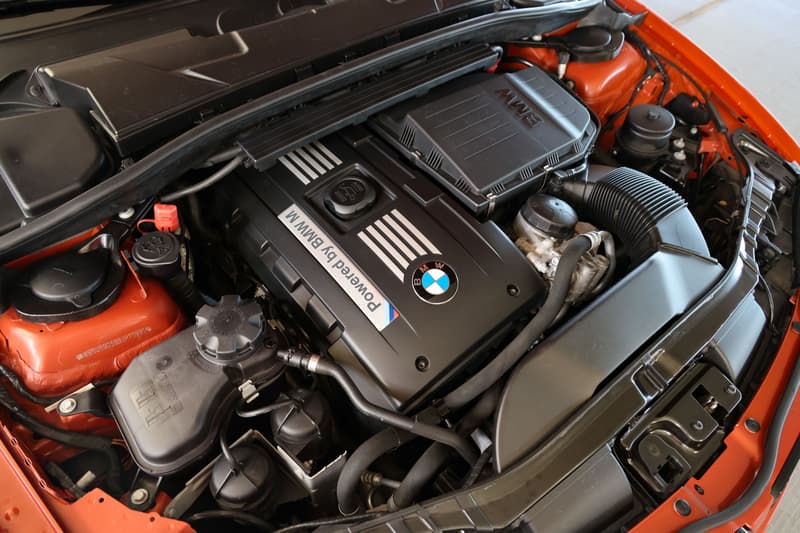
N54 engine inside the 1M, Photo Source - Formula Auctions
Driving the rear wheels was a Getrag 6-speed manual transmission connected to a short throw shifter, and a limited slip differential borrowed from the E93 M3. The 1M had the same track dimensions as the M3, but a 4 inch shorter wheelbase to go along with the quintessential 50/50 weight distribution, giving it good lateral grip through corners. The front and rear axles, pivot points, and link supports were replicas of those used in the M3. Incorporating the best performing pieces of other cars in the BMW stable aided the 1M’s success, and 1M project manager Frank Isenberg pointed out that taking the M3’s aluminium five-link rear suspension, locking limited slip differential, cross-drilled brakes, and Competition Package 19” alloys helped them save time and costs given an unusually short development timeline.

19" Competition Package double-spoke M wheels, Photo Source - WhichCar.com
The 1M came in just three colours: Alpine White, Sapphire Black, and the favourite: Valencia Orange. In North America, 326 examples were released in Alpine White, 222 in Sapphire Black, and 435 in Valencia Orange. The wide fenders and rectangular shape to the front air ducts and rear quad exhaust cutouts are unique to the 1M, while the rest of the body was based on the BMW M135i. Its taillights incorporate LEDs as well as an incandescent bulb, and it rides on 19” M spec light alloy cross spoke wheels.
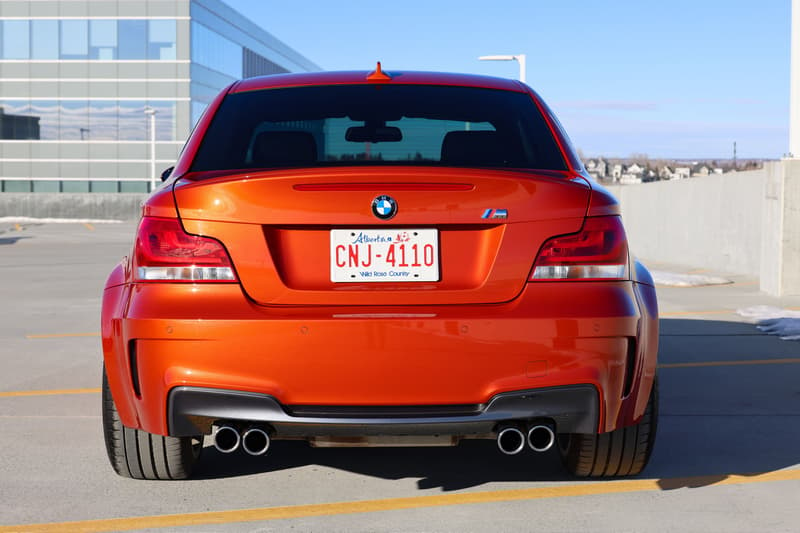
1M rear, with quad exhaust, LED/incadescent tail lights, and M badge, Photo Source - Formula Auctions
Black leather and Alcantara suede is found all throughout the interior, with eye grabbing orange stitching. Hydraulic steering is geared to 12.4:1, foregoing the 135i’s 16.0 ratio. It’s the first M car to break the naming convention, with the series number in front of the M. This was done because there was already a legendary M1 supercar that made waves in the late 70s and early 80s. In the case of the 1M, the trunk lid badge just reads M. The firm was learning that breaking with tradition can pay off; the 1M’s success was also due to modern marketing tactics: BMW representatives anonymously dropped hints about its specs on Bimmer forums in advance of its release.
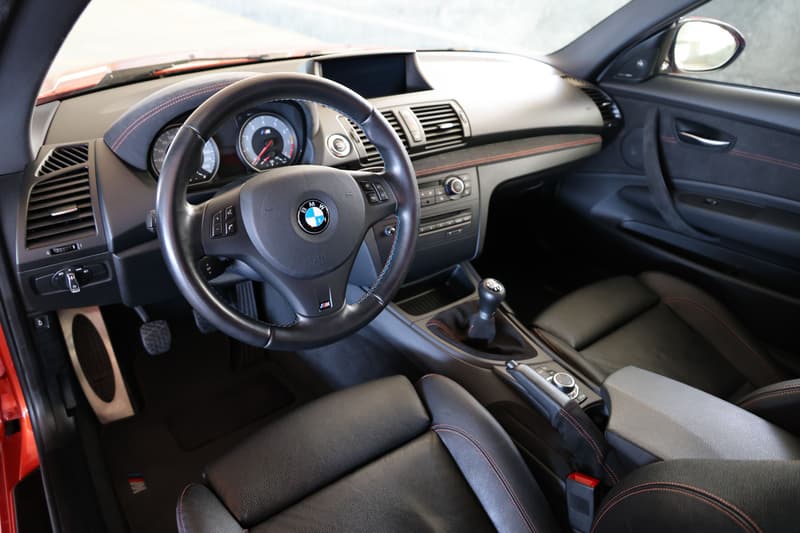
1M interior, with black leather, grey Alcantara suede, and orange stitching, Photo Source - Formula Auctions
The legacy of the 1M is that of a rebellious innovative upstart, imbued with the audacity and ingenuity of the team that fired themselves up to make it. It’s a truly unique M release and its admirers remain passionate and widespread more than 10 years after its release.
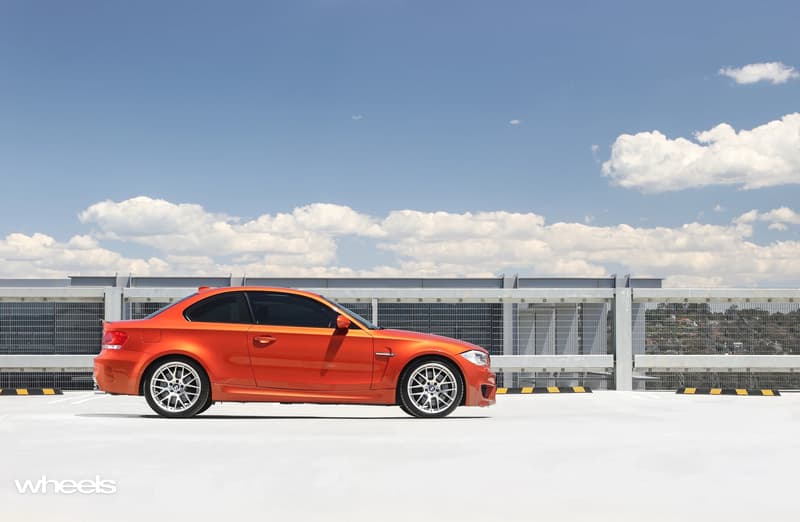
BMW 1M in Valencia Orange, Photo Source - WhichCar.com
-RA




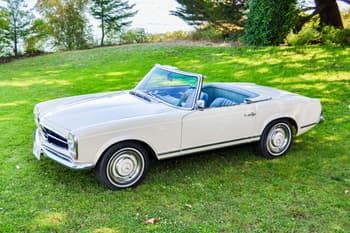
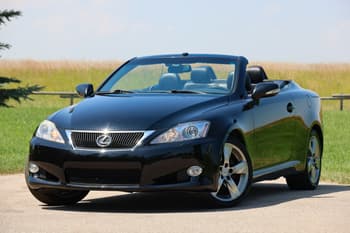
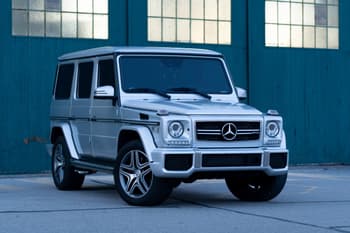
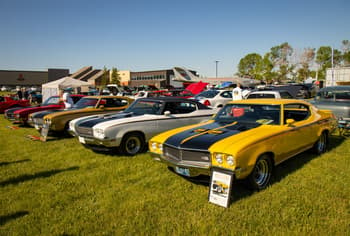


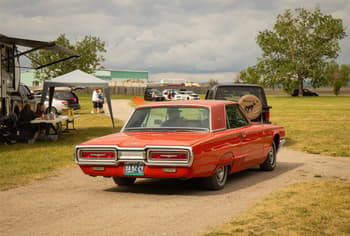



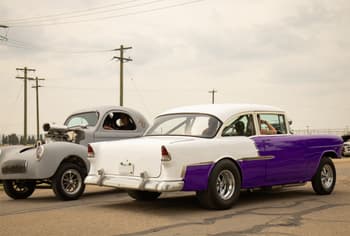
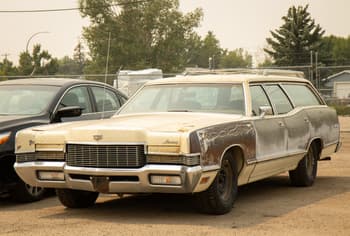


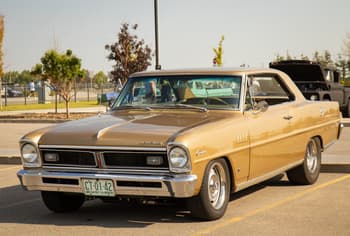

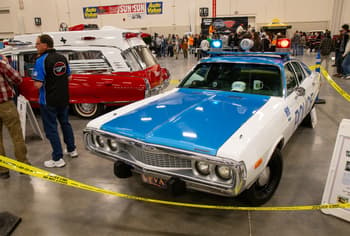

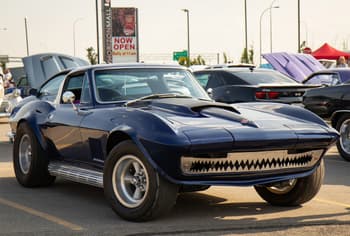
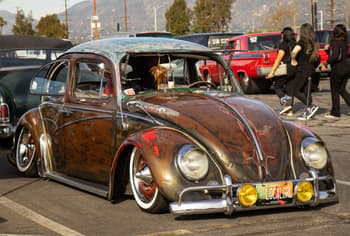
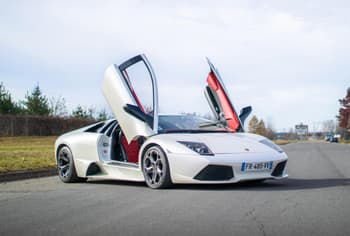
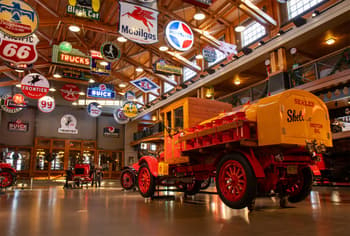
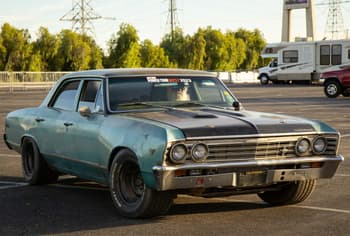

 Back to Login page
Back to Login page